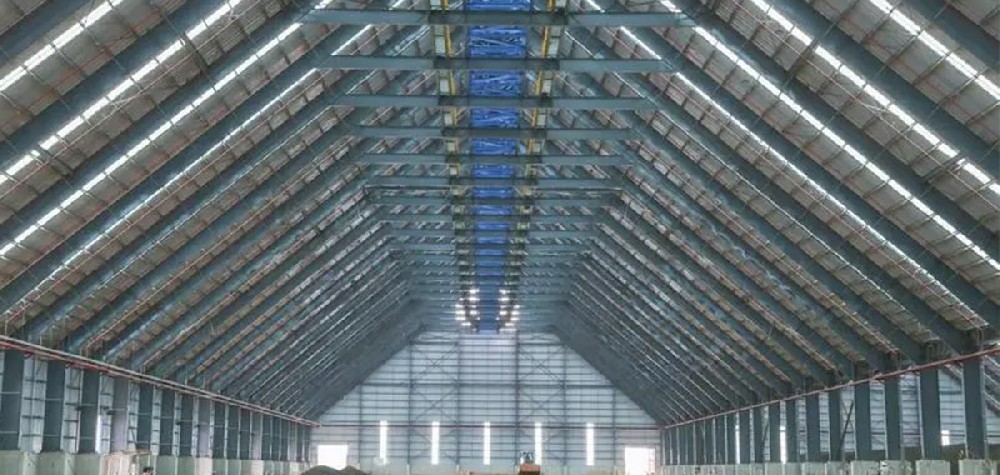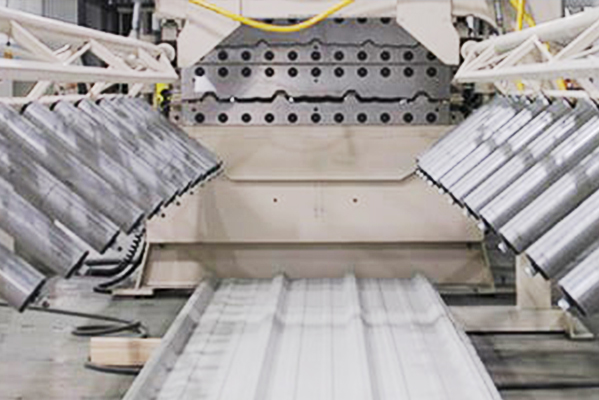Navigation Menu
Contact Us
- Email:
- info@wxavatar.com
- Address:
- Yurong Village, Yuqi Street, Huishan District, Wuxi, China.
Release Date:Jul 05, 2025 Visit:52 Source:Roll Forming Machine Factory
High-speed packaging machines are essential for modern manufacturing, enabling businesses to meet growing production demands efficiently. However, operating these advanced systems comes with several challenges that can impact productivity, quality, and maintenance. This article explores the key difficulties manufacturers encounter with high-speed packaging equipment.

1. Precision and Consistency at High Speeds
Maintaining accuracy and uniformity becomes increasingly difficult as packaging speeds rise. Minor misalignments or variations in material feed can lead to defects, such as improper sealing or incorrect labeling. Ensuring consistent performance requires precise calibration and high-quality components, which can be costly.
2. Increased Wear and Tear
Operating at high speeds accelerates mechanical wear, leading to more frequent breakdowns and part replacements. Components such as belts, gears, and motors experience greater stress, shortening their lifespan. This results in higher maintenance costs and potential unplanned downtime.
3. Complex Maintenance Requirements
High-speed packaging machines often have intricate mechanisms that demand specialized knowledge for troubleshooting and repairs. Finding skilled technicians who understand these systems can be challenging, and delays in maintenance can disrupt production schedules.
4. Material Handling Issues
Not all packaging materials perform well at high speeds. Films, labels, or cartons may tear, wrinkle, or jam if not properly optimized for rapid processing. Manufacturers must carefully select materials that can withstand the stresses of high-speed operations without compromising quality.
5. Integration with Existing Systems
Retrofitting high-speed packaging machines into existing production lines can be problematic. Compatibility issues with conveyors, sensors, or control systems may arise, requiring additional modifications and investments to ensure seamless operation.
6. Higher Energy Consumption
Faster machines typically consume more power, increasing operational costs. While efficiency improvements can mitigate some energy demands, manufacturers must balance speed with energy usage to maintain profitability.
7. Training and Operator Skill Gaps
High-speed packaging machines often feature advanced controls and automation, requiring operators to have specialized training. A lack of skilled personnel can lead to improper handling, reducing efficiency and increasing the risk of errors.
8. Quality Control Challenges
At elevated speeds, detecting defects in real time becomes more difficult. Manufacturers must invest in advanced inspection systems, such as vision sensors or automated checkweighers, to maintain quality standards without slowing down production.

Conclusion
While high-speed packaging machines enhance productivity, they also introduce challenges related to precision, maintenance, material handling, and workforce training. Addressing these issues requires careful planning, investment in quality components, and ongoing staff development. By overcoming these obstacles, manufacturers can maximize the benefits of high-speed packaging systems while minimizing disruptions.